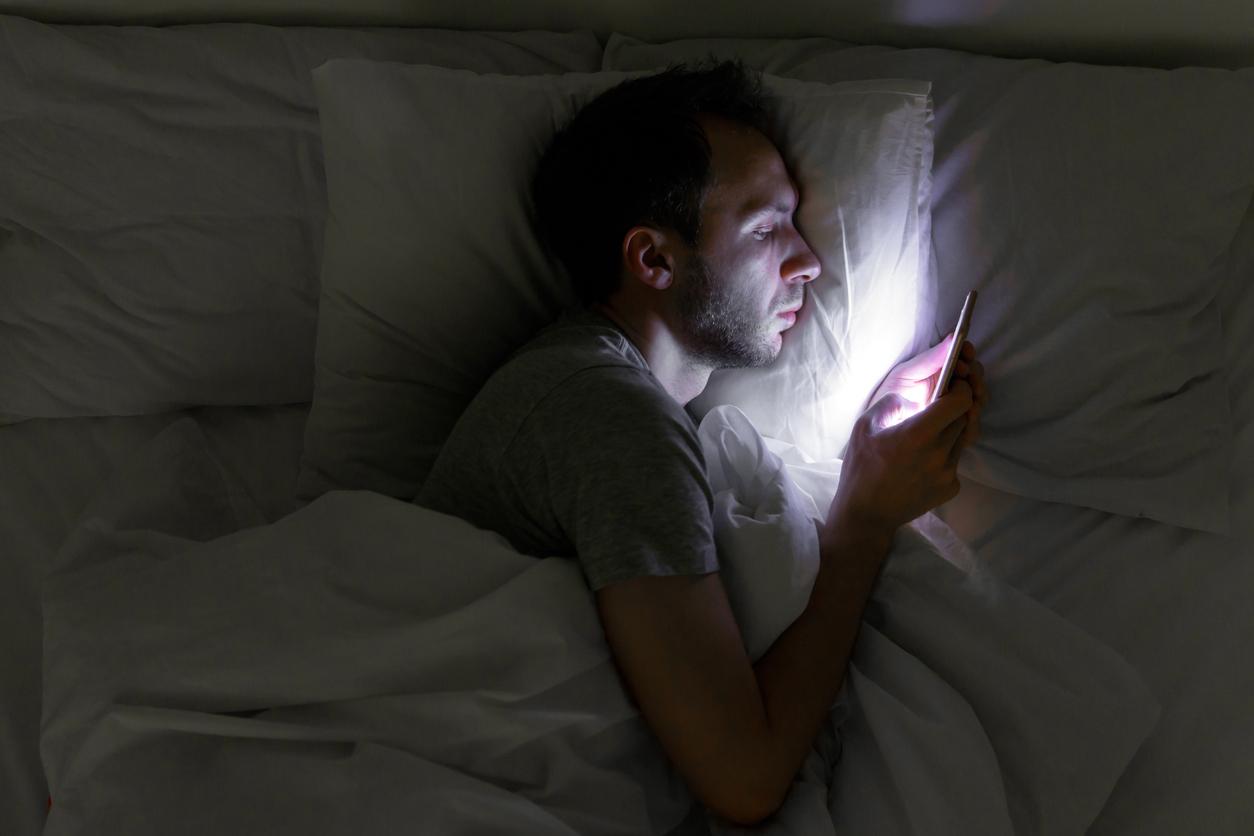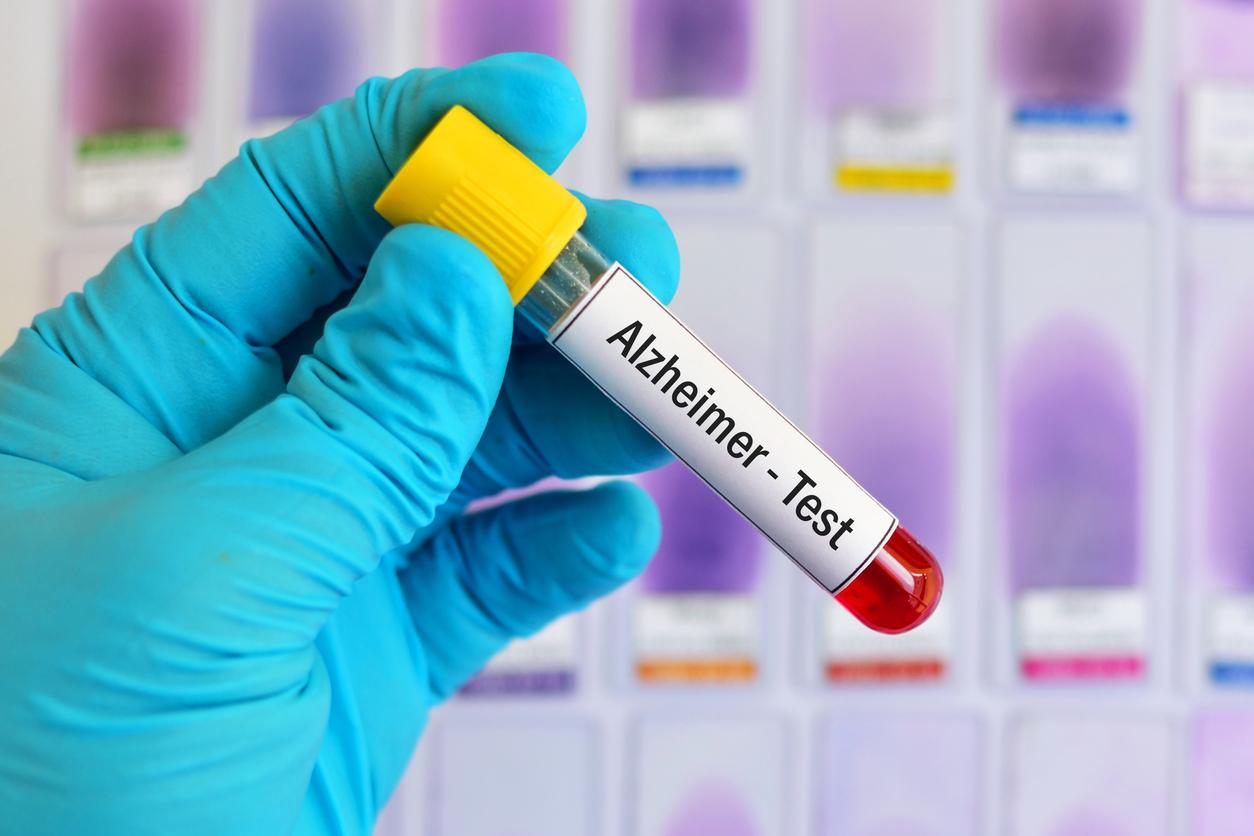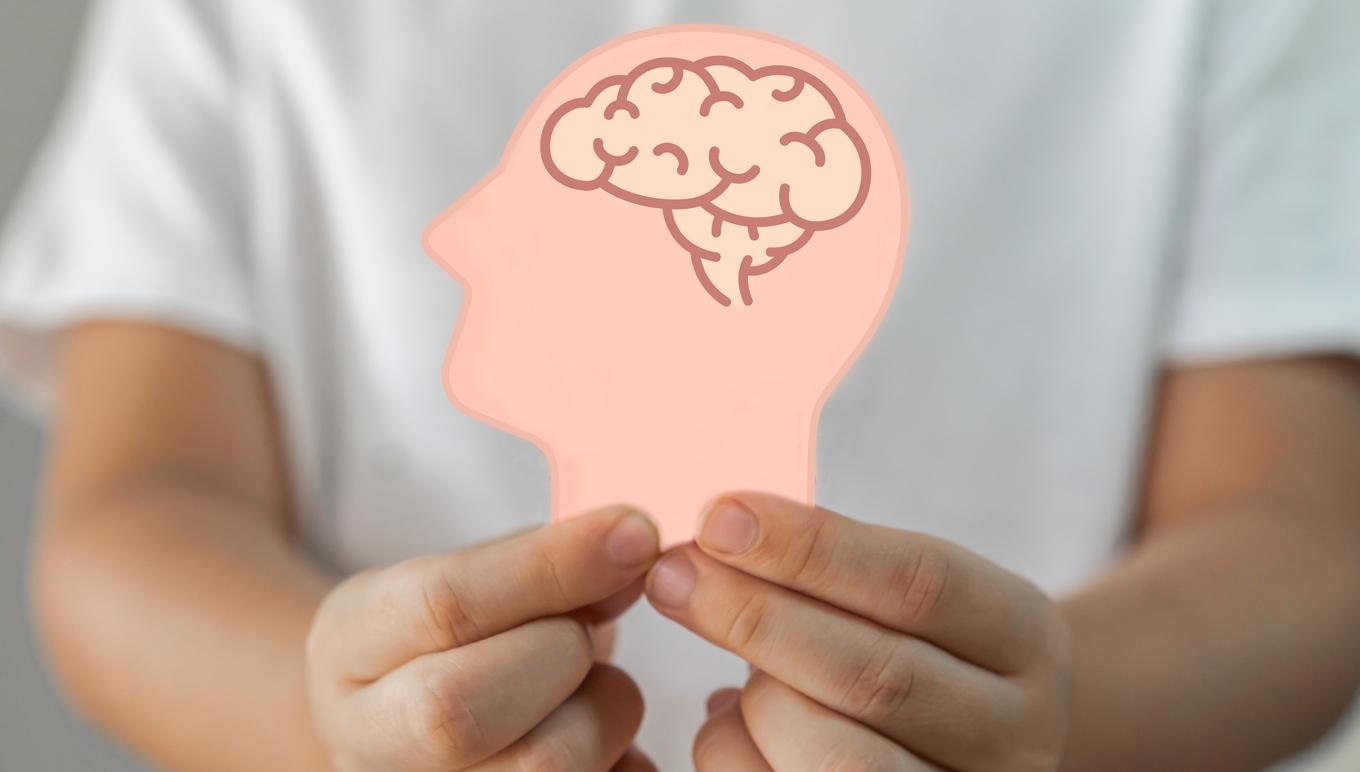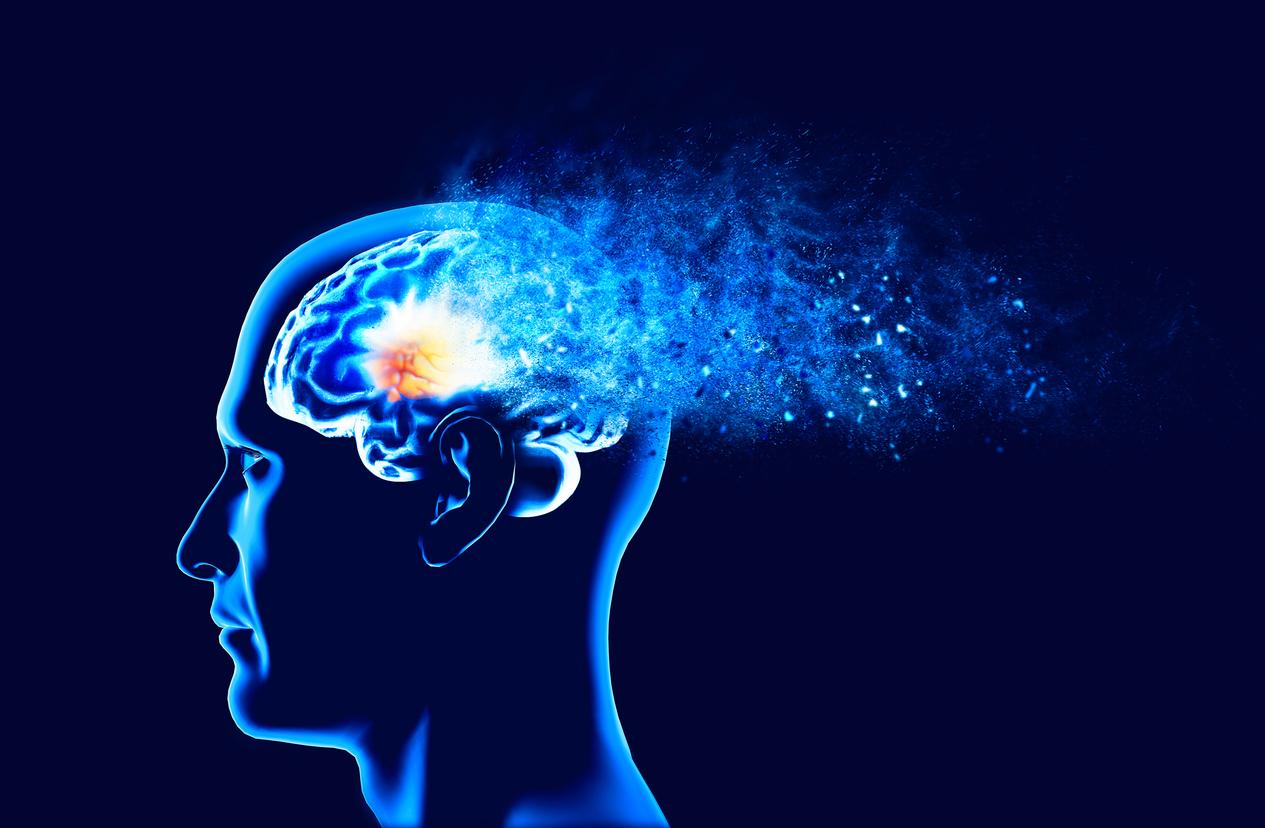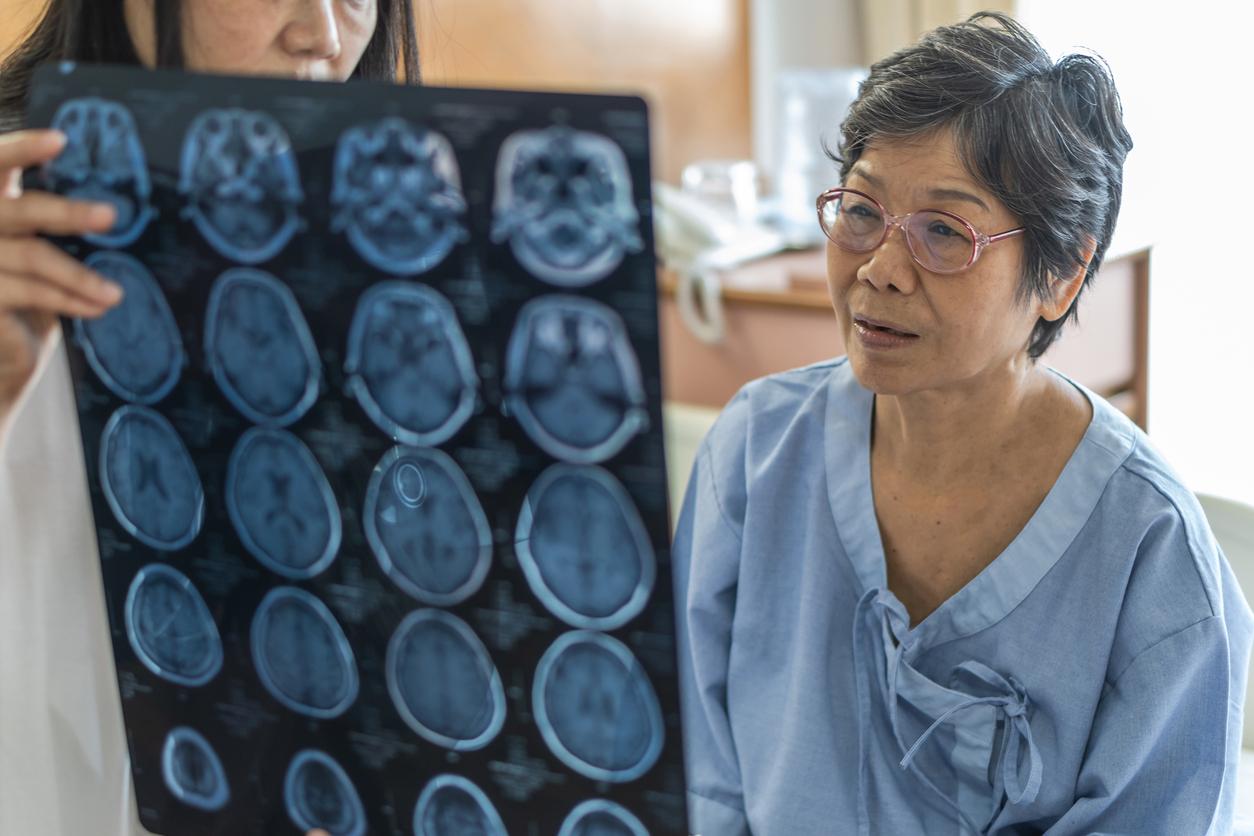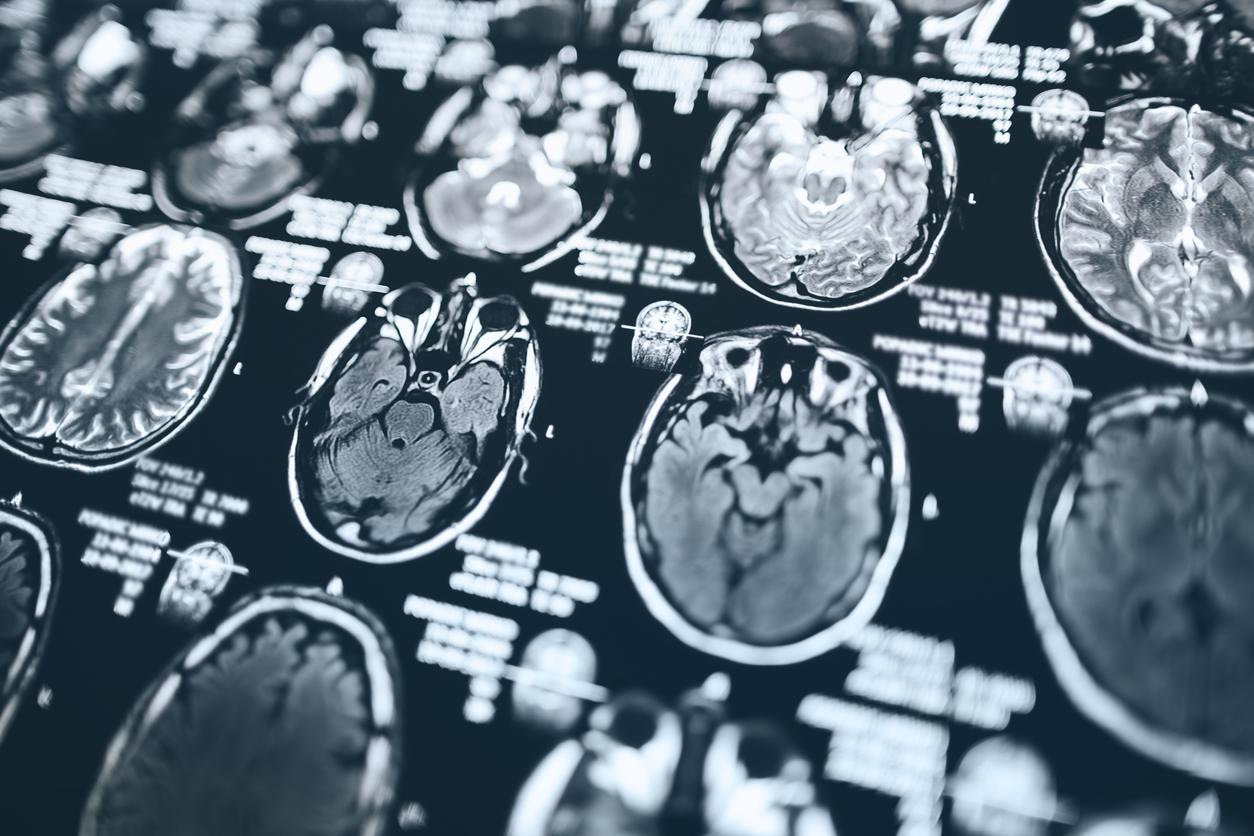The search for solutions to Alzheimer’s disease in recent years has accelerated. A team of researchers has proven that light therapy combined with ultrasound can eliminate amyloid plaques, which are mainly responsible for the disease, in mice.

This solution is certainly less conventional, but could nevertheless represent the future of treatments against Alzheimer’s disease. A study conducted by MIT eliminated amyloid deposits and improved cognitive function in mice. To arrive at this result, the researchers relied on a previous study, demonstrating that a light that flashed 40 times per second in the eyes of genetically modified mice could treat their Alzheimer’s disease. To improve on this previous technique, the researchers added another sound, of a similar frequency, and found that it greatly improved their results. The discovery was published in review Cell.
Treating Alzheimer’s disease without drugs?
“When we combine visual and auditory stimulation for a week, we see the engagement of the prefrontal cortex and a very dramatic reduction in amyloid,” says Li-Huei Tsai, one of the researchers at the Picower Institute for learning and memory, from MIT. To go into detail, the experiment was conducted in mice. These had been previously treated to adopt a behavior similar to that of people with Alzheimer’s disease. The researchers then conducted searches with the same type of strobe light as the previous study. Combined with a high-pitched hum, this technique was used to recreate brain waves lost to Alzheimer’s disease. It was these brain waves that cleared away the amyloid deposits largely responsible for the disease.
A cheaper way
This technique is a great advance, because it would allow to treat patients without heavy drugs, but also by a less expensive means. But to get there, you will first have to clinically test this technique in humans, which has not yet been done. It is therefore still too early to announce that it will be effective in humans.

.










